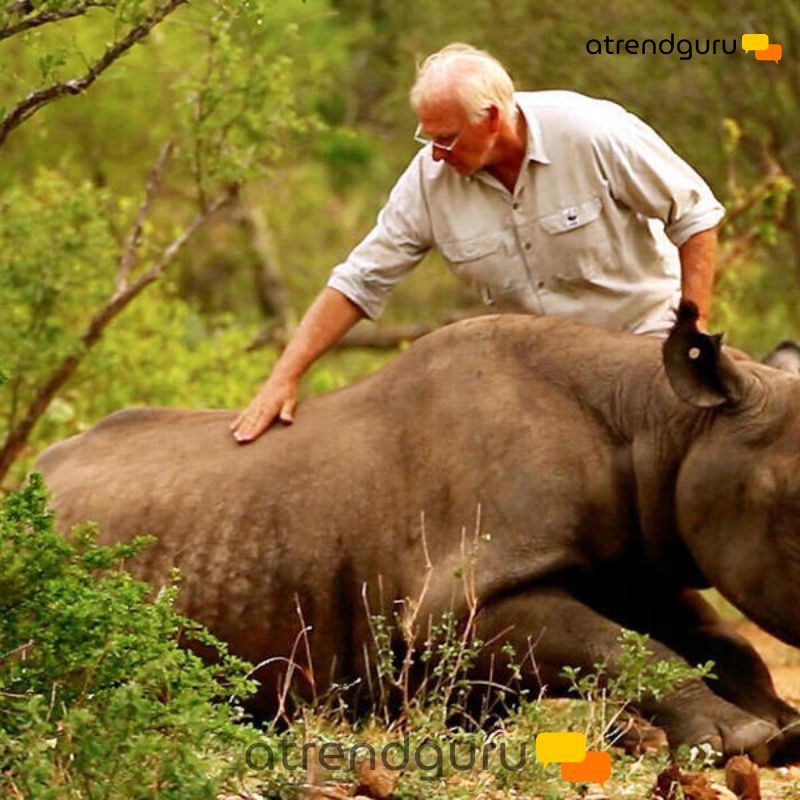Learn how conservation programs, habitat restoration, and anti-poaching campaigns aid in the preservation of endangered species.
How Endangered Species Are Being Saved by Wildlife Protection Efforts
Wildlife protection efforts are more important than ever because of the rapid decline of many animal species brought on by habitat loss, poaching, and climate change. Around the world, organizations, governments, and conservationists are putting plans into action to protect endangered species and rebuild ecosystems. This is the impact that these efforts are having.
1. Protection and Restoration of Habitats
Destroying habitats is one of the biggest threats to wildlife. Conservationists strive to:
Establish and grow protected areas: Ecosystems are protected by national parks and wildlife reserves.
Reforest and restore habitats: Biodiversity is supported by reforesting areas and protecting wetlands.
Control development and land use: Sustainable practices stop habitat loss.
2. Programs for Wildlife Protection and Anti-Poaching Laws
Numerous species are in danger of going extinct as a result of illegal hunting and poaching. Important initiatives consist of:
Stronger anti-poaching enforcement: Poachers are discouraged by more frequent patrols and more severe penalties.
Community-led conservation initiatives: Local groups are working to save wildlife.
Solutions powered by technology: AI, tracking devices, and drones aid in the monitoring of endangered species.
3. Breeding in Captivity and Reintroducing Species
Breeding initiatives aid in the recovery of severely endangered species' populations. Among the significant initiatives are:
Breeding programs at zoos and sanctuaries: Care for animals in regulated settings before releasing them back into the wild.
The goal of genetic conservation is to maintain species' genetic diversity.
Programs for reintroduction: Gently return species to their natural habitats after they have been restored.
Crucial Point:
International Cooperation and Public Awareness Are The key
Governments, organizations, and individuals must work together to protect wildlife. Crucial steps consist of:
Advocacy and educational initiatives: Motivate people to back conservation initiatives.
Through international treaties and agreements, nations collaborate to safeguard species worldwide.
Sustainable practices: Conservation is aided by lowering pollution, illegal wildlife trade, and deforestation.















